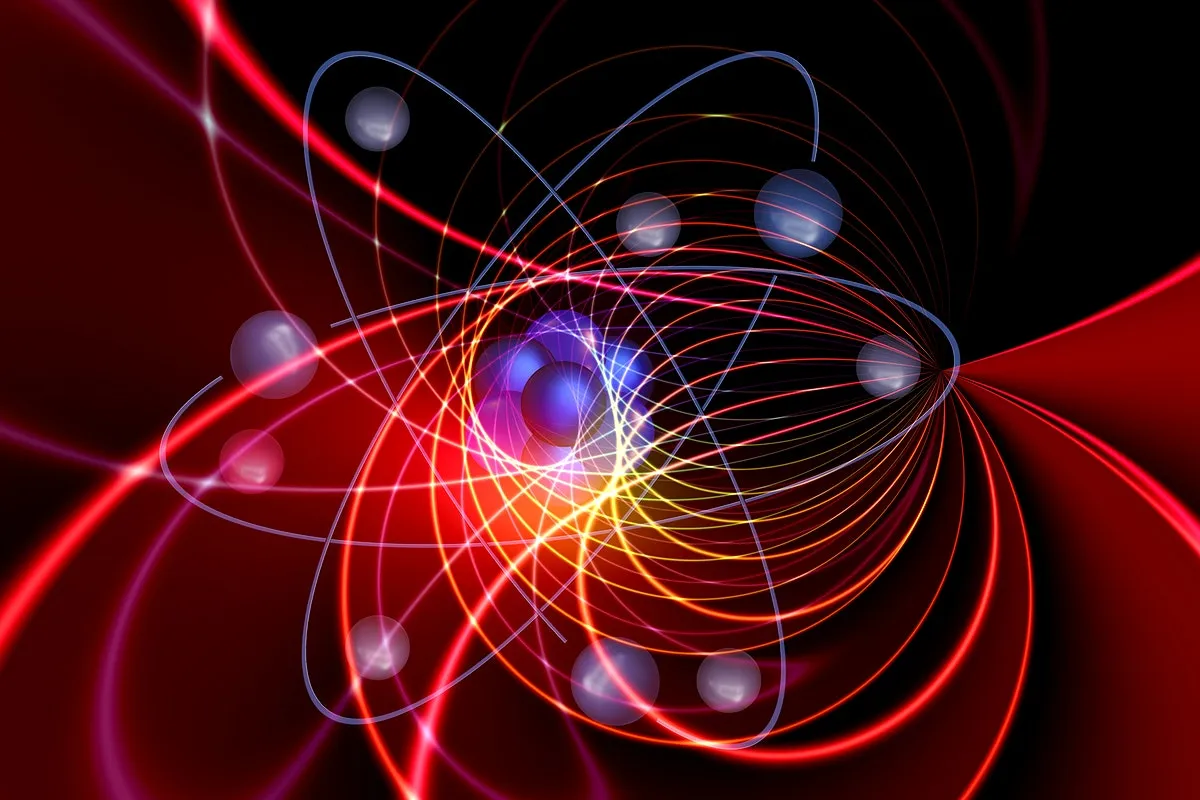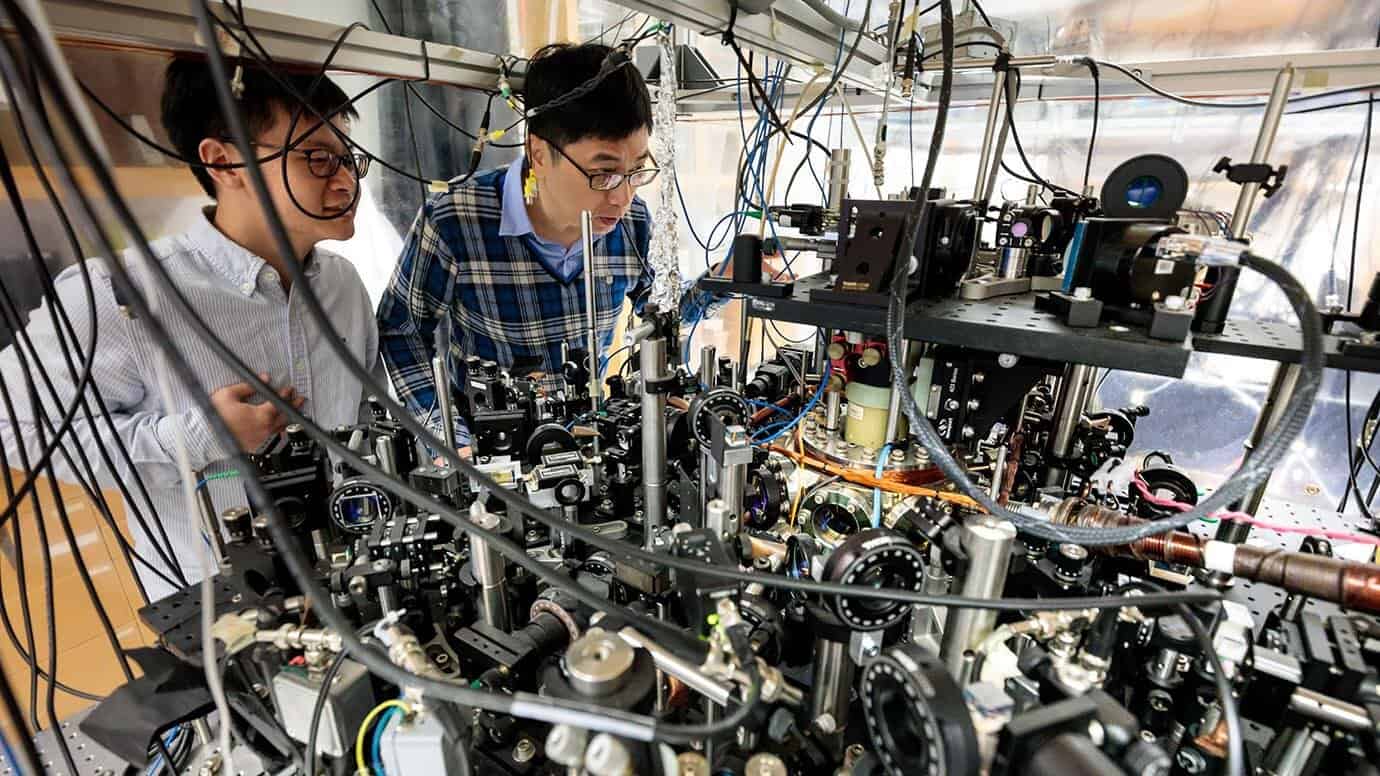
Researchers at the University of Chicago have detected the first physical evidence of what they’re calling “quantum superchemistry.” During this phenomenon, particles existing in the same quantum state undergo collective accelerated reactions. While this phenomenon was predicted before, it’s only now been confirmed through experiments conducted at the university’s laboratory.
The findings hold significant implications for several fields of science, including quantum chemistry, quantum computing, and beyond.
When prediction meets reality
In traditional chemistry, interactions between individual atoms result in the probability of forming molecules with each collision. In contrast, quantum mechanics predicts that atoms within a shared quantum state act collectively. This results in accelerated reactions — the more atoms in the system, the faster the reaction. Notably, the resulting molecules share the same molecular state, impacting their physical and chemical properties. At least that’s what the theory says.
For years, experts have postulated the existence of such quantum-enhanced chemical reactions, envisioning particles within the same quantum state behaving differently during chemical interactions. However, orchestrating and observing these interactions in the field posed significant challenges. So, until now, the phenomenon remained elusive.

Professor Cheng Chin runs a lab at the University of Chicago that specializes in manipulating particles at ultra-low temperatures. At temperatures approaching absolute zero, particles can enter the same quantum state, where their behaviors defy conventional expectations.
The team’s experiment centered around cesium atoms, which they cooled down and manipulated into a shared quantum state. The researchers then observed the reactions that followed, which occurred as three-body interactions, with two atoms forming a molecule while the third remained single but played a role in the reaction.
“What we saw lined up with the theoretical predictions,” said Chin, who is a professor of physics and member of the James Franck Institute and Enrico Fermi Institute. “This has been a scientific goal for 20 years, so it’s a very exciting era.”
This observation challenges conventional wisdom and adds a layer of complexity to our understanding of chemical reactions. Chin’s method offers a way to steer molecules into specific states, a feat unattainable through traditional chemistry. This novel approach could pave the way for producing batches of molecules with consistent properties, a desirable trait in various applications. In contrast, with traditional chemistry, you are often rolling the dice.
While the initial experiments utilized simple two-atom molecules, researchers anticipate extending their investigations to larger and more intricate molecules. The potential applications span from quantum computers, where molecules could function as qubits, to more accurate measurements of fundamental laws of nature and their interactions.
“How far we can push our understanding and our knowledge of quantum engineering, into more complicated molecules, is a major research direction in this scientific community,” said Chin.
The findings appeared in the journal Nature Physics.






